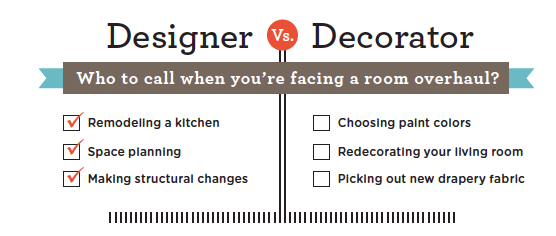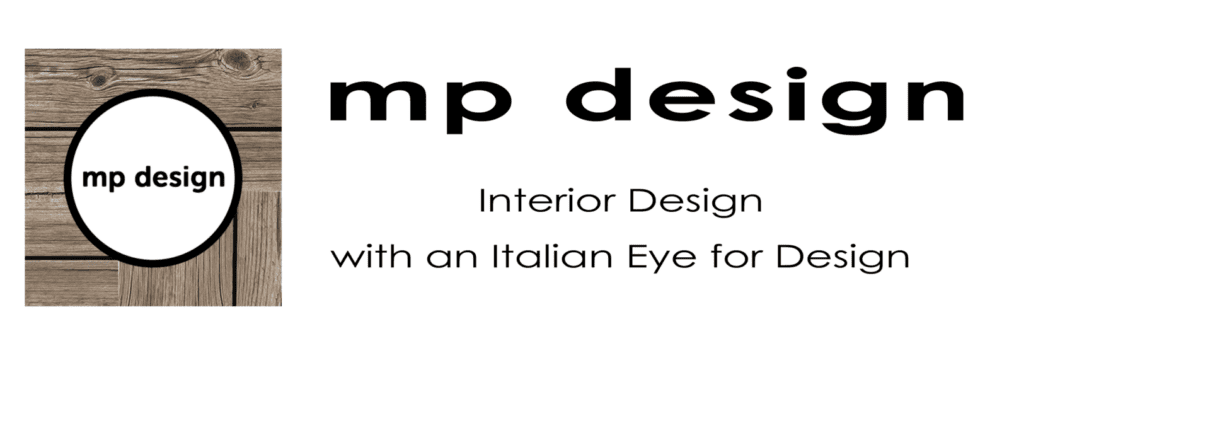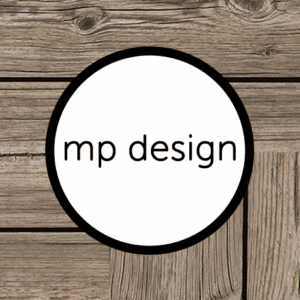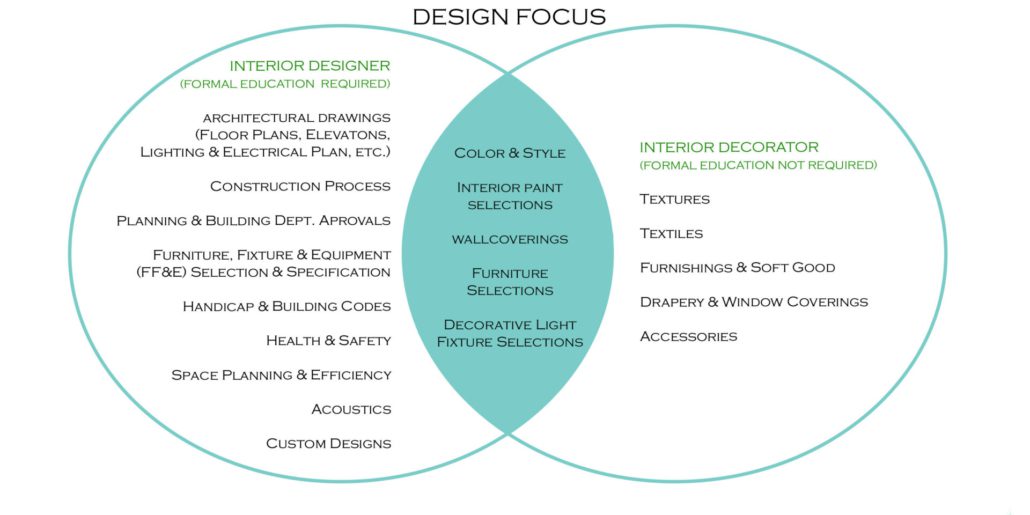This question comes up a fair amount when homeowners start contemplating changes in their homes.
Many homeowners assume Interior Designers are all Decorators and they can only help with soft goods such as fabrics, furniture, window coverings. The design industry has not been doing a great job in making the distinction between the two job functions. Hence, “Interior Designer” is not a protected title in the State of California, contrary to a few other states. So anybody who desires can use the title “Interior Designer” in the State of CA, with or without formal education.
But what are the differences between the two professions and skill sets?
One basic differentiation between an Interior Designer and an Interior Decorator is that the Interior Decorator comes in AFTER the construction (new or remodel) has been completed. While an Interior Designer is involved from the BEGINNING of the project and typically has a formal education.
Here’s a checklist of what to look for when hiring a “Designer” to make sure it fits your specific project needs:
Services provided by an Interior Designer with a formal education:
- Hired in the planning and budgeting phase of a project.
- Addresses the function of the space and how to improve it, i.e. through Space Planning and after careful review of the client’s needs and use of the space.
- Recommends, selects and specifies fixture and finishes that are part of the architecture. These typically include cabinetry, ceiling design, flooring, recessed lights, plumbing fixtures, countertops, windows/skylights and doors for remodels, etc.
- A kitchen or bath remodeling project (from planning to design to project management) would be a typical example of what an Interior Designer does.
- Can design commercial spaces such as offices, restaurants, etc.
- Drafts construction plans, must know local planning and building codes, prepare specifications, interact with consultants such as Structural Engineers, contractors, building officials, etc. These documents will be used for permitting and construction in the end.
- Can submit construction documents for planning and building permit review and obtain permits on behalf of a client, depending on the scope of work.
- Can place orders for interior finishes, fixtures, cabinets, etc.
- Plan/design/oversee custom fabrication designs such as cabinetry, custom metal or glass work i.e. for railings, etc.
- All the services provided by an Interior Decorator, i.e. as at the end of a construction project.
Services provided by an Interior Decorator (no formal education required):
- Recommend, select and specify furniture, lamps, and soft goods such as rugs, bedding.
- Oftentimes, they deal with window treatments and sometimes assist with art selection as well.
- Many Decorators have a great eye for color they have developed over the years. Hence they can assist with creating color schemes for rooms/spaces or help with paint color selection, etc.
- Purchase furniture on behalf of the client
So which one should I choose?
Ultimately, which type of professional you decide to hire is a matter of personal preference. If you’re on the fence between the two, we’ve compiled a list of questions to help you sort out which pick is right for you. Read them over before making any hiring decisions:
- Are you planning to make any structural or functional changes, or want to explore if it’s an option?
- Are you planning on redoing a room like a kitchen or a bathroom, where functional fixes, such as plumbing changes might be more difficult to navigate? Or, somewhere like a bedroom or living space where you may need to change the way you live in the room?
- How important are education and credentials to you?
- Are you looking for someone who can manage the project from top to bottom?
Here’s another quick way to think about it:

One thing to keep in mind: Every decorator and designer is different. You should research individuals in your area to see what services they offer. As always, we recommend that you do your best to look over design portfolios, read reviews, and get your questions answered before deciding who’s the best fit for the job.
And here’s an article we contributed to the Marin Builder’s “Marin Home Resource Guide 2022-2023”: https://issuu.com/themarinbuildersassociation/docs/mhrg22_23_digital_070722/41








